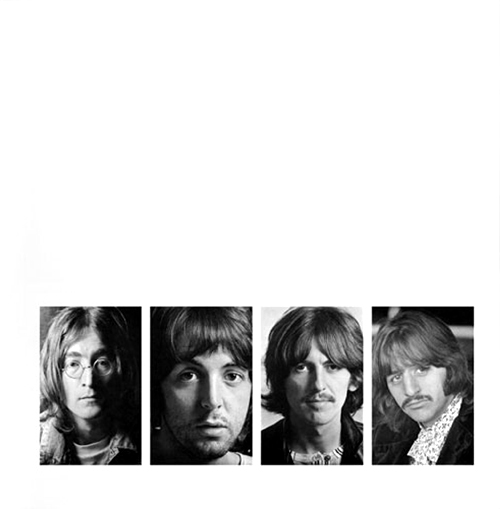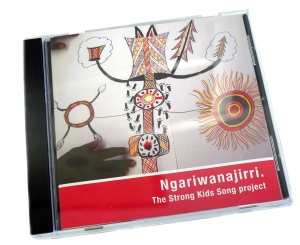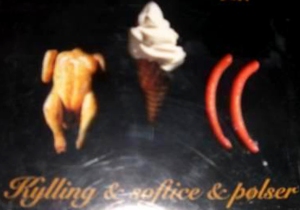For his 1972 album Sail away Randy Newman took practically all pre-rock American vernacular music styles and reworked the genres with ironic, sarcastic, and sometimes caustic lyrics that might have shocked Tin Pan Alley-era audiences.
Because of the elaborate settings of many of the songs—including Newman’s piano, traditional rock instruments, and symphony orchestra—the pieces take on a parallel life as a kind of song cycle that explores the ironies of life throughout much of recorded history. The universality of the subject matter and the deliberately retro style of the song forms, rhythmic styles, and harmonic and melodic vocabulary all combine to make Sail away an album that continues to ring true.
This according to “Randy Newman: Sail away (1972)” by James E. Perone, an essay included in The album: A guide to pop music’s most provocative, influential, and important creations. II: The golden age of the singer-songwriter, 1970-1973 (Santa Barbara: Praeger, 2012).
Today is Randy Newman’s 70th birthday! Above, the original album cover; below, Newman performs the title song.









